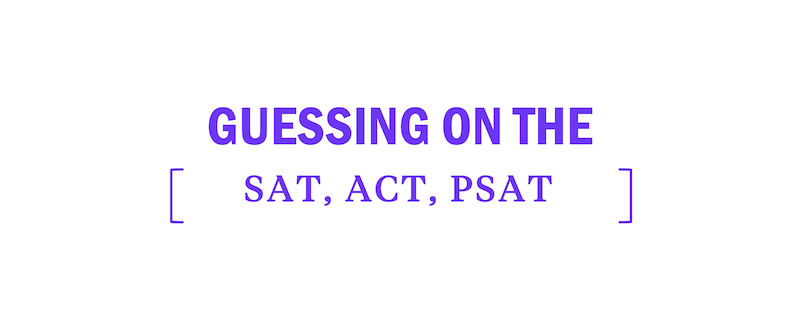Semicolons, Colons, and Dashes on the ACT English Test
The comma is the most important punctuation mark to know on the ACT English test, but you’ll also need to know the comma’s “cousins”: colons, semicolons, and dashes. These 3 punctuation marks are probably the most confusing pieces of punctuation that you will encounter on test day. Here’s an overview of how they’re used with examples.
Semicolons
The semicolon is the most heavily tested of these 3 marks. Luckily, the rule with semicolon usage is simple: there must be an independent clause on both sides of the semicolon. An independent clause, in simple terms, is a clause which can stand alone as a complete sentence. In uber-nerdy grammar terms, an independent clause is a group of words with a subject and a verb that expresses a complete thought. Here are a couple examples of what an independent clause looks like. In the following sentences, the independent clauses are italicized.
- Because it was raining, I brought my umbrella.
- Basketball games are fun to watch even if you aren’t a devoted fan of the sport.
The italicized clauses “I brought my umbrella” and “Basketball games are fun to watch” are independent clauses because they can stand on their own as complete sentences.
Here’s an example of a sentence in need of a semicolon:
Students often don’t see the value of homework, they complete their assignments out of necessity rather than out of a desire to learn.
Here, we have two independent clauses (both clauses can stand alone as sentences) so closely related that they belong in the same sentence. The problem with this sentence is the comma; as it stands, this sentence is a comma splice. Just replace the comma with a semicolon to fix it:
Students often don’t see the value of homework; they complete their assignments out of necessity rather than out of a desire to learn.
Colons
Colons are often misused, but the good news is that you can learn the rules. Most of those who commit colon errors were never taught that colons have specific grammar rules just like the semicolon does. Here are a few of the ways to use a colon:
These are only the most common uses of the colon you will see on the ACT. Notice the consistency with all the examples above: the clause which precedes the colon must be independent. For example, the following sentence, in which a dependent clause precedes the colon, is incorrect:
Every good outdoorsman must pack a: knife, matchbox, and water-resistant jacket.
Notice that “Every good outdoorsman must pack a” cannot stand alone as a complete sentence. To fix the problem, just make that first clause independent:
Every good outdoorsman must pack three essential items: a knife, matchbox, and water-resistant jacket.
Dashes
First of all, a dash is not a hyphen. A hyphen connects certain compound words, but a dash cannot act that way. Here is a list of uses of the dash:
The dash is used, for the most part, to give your sentence that little dramatic pause it needs to provide emphasis. Notice that, in comparison to the colon and the semicolon, the dash is pretty flexible with its usage. Just be sure to become comfortable with the dash; it should give you the least amount trouble on the exam.

